Final Images
InDesign

Virtual Gallery
In-design
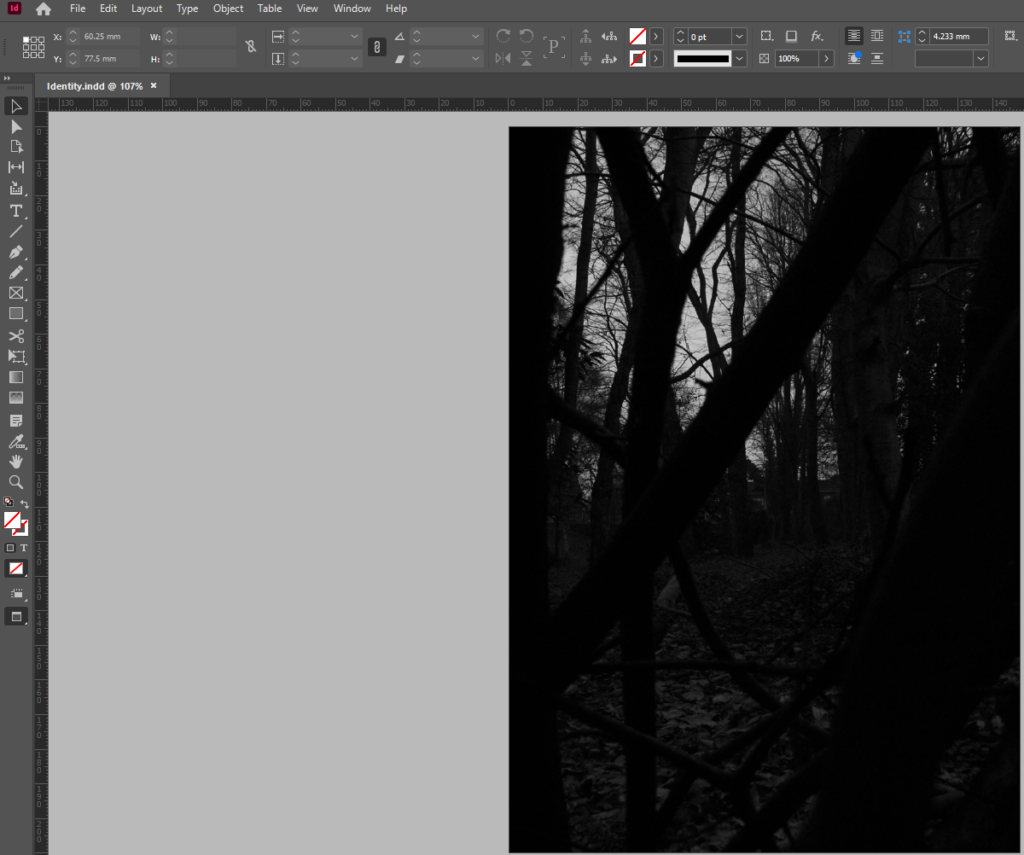
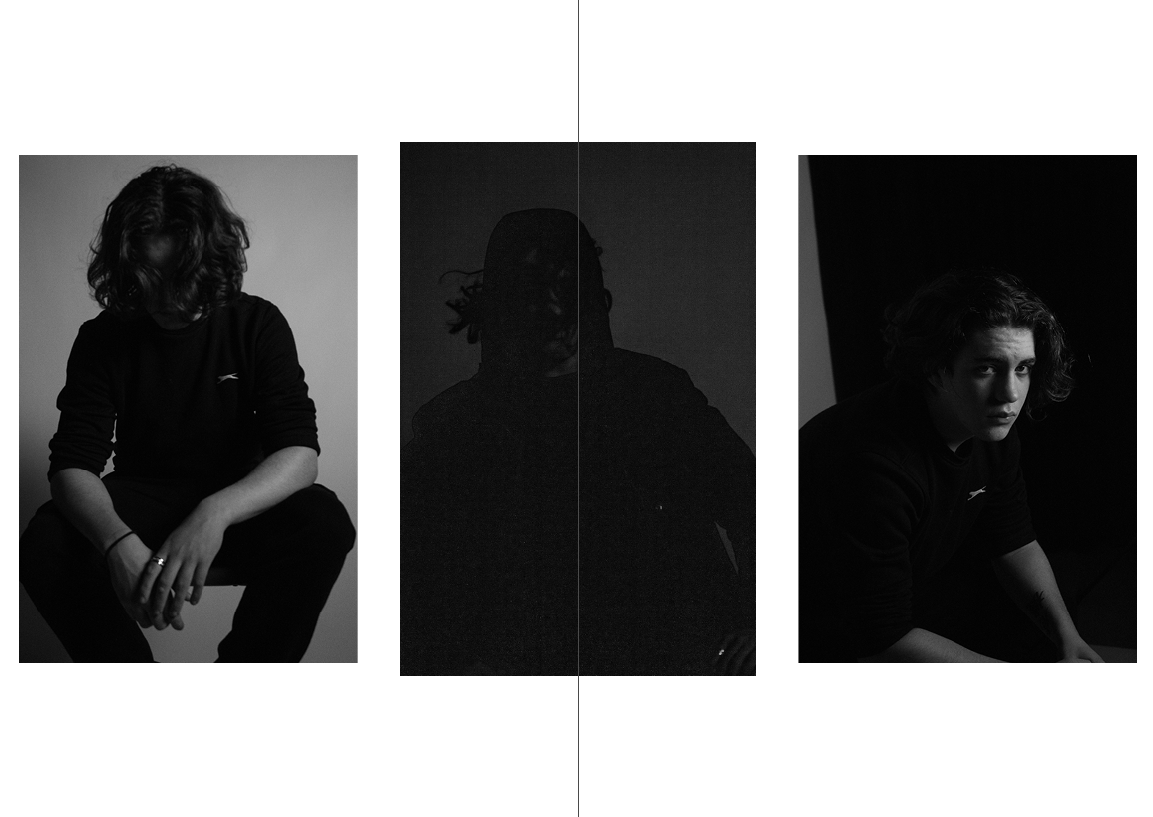
Final Images
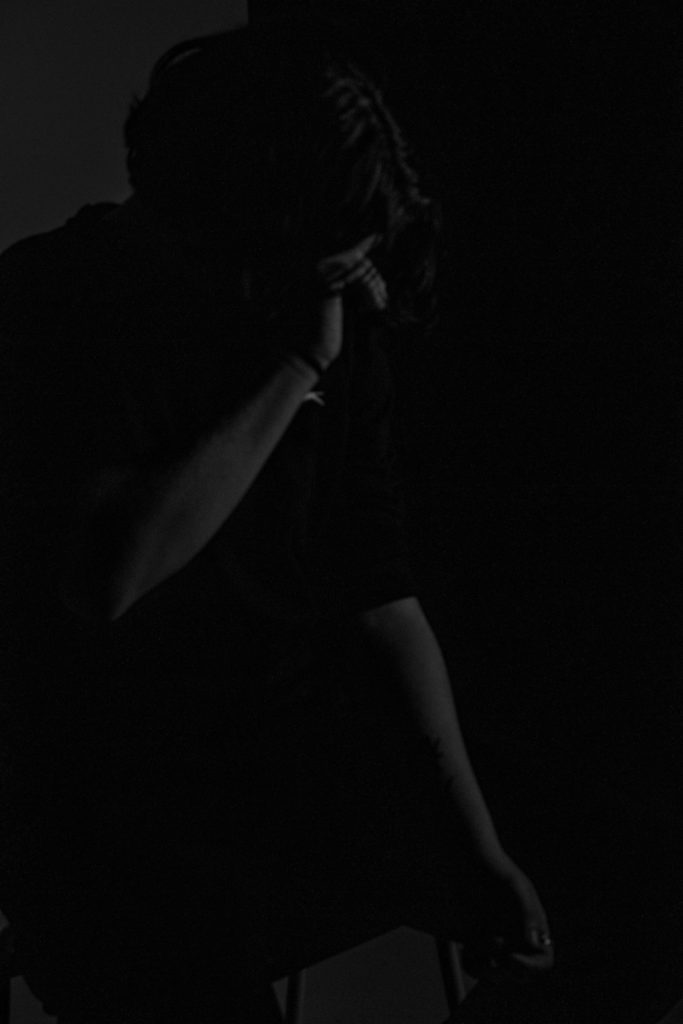
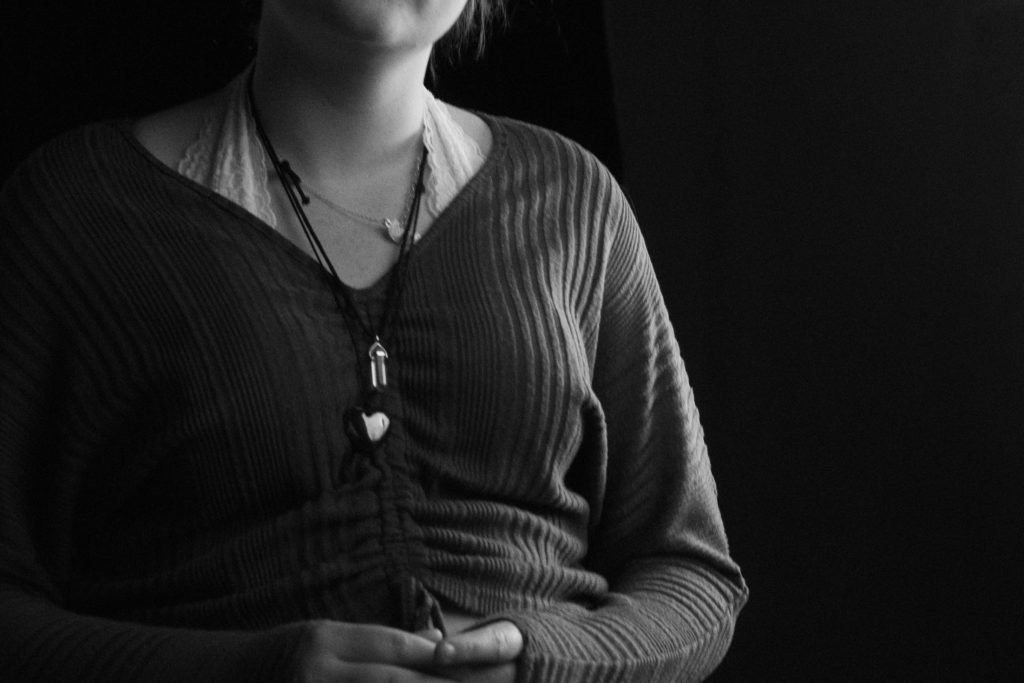
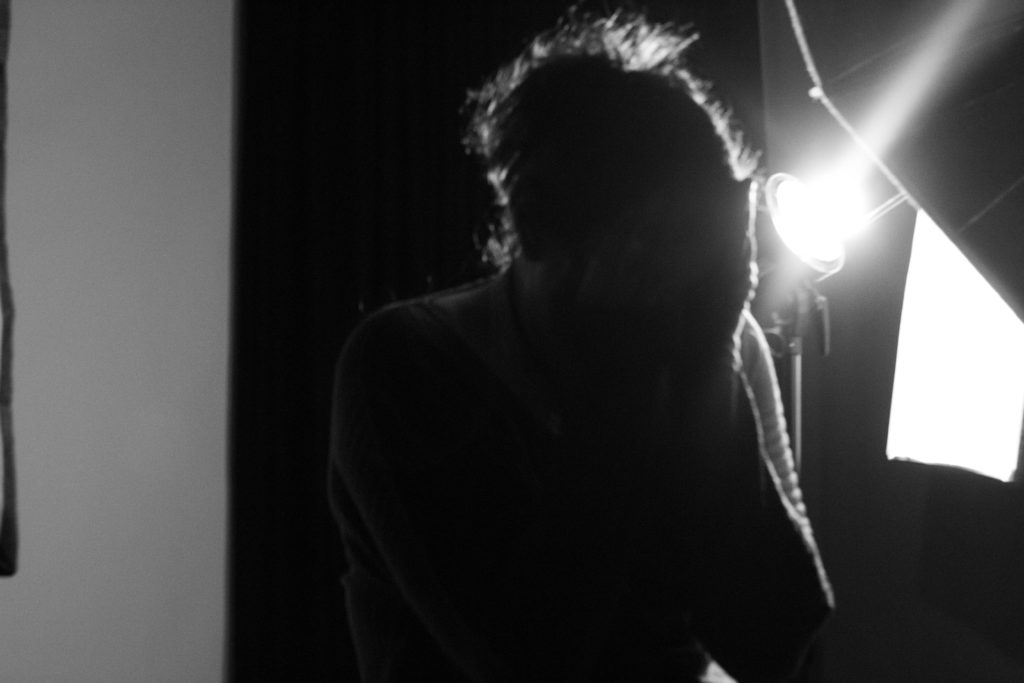

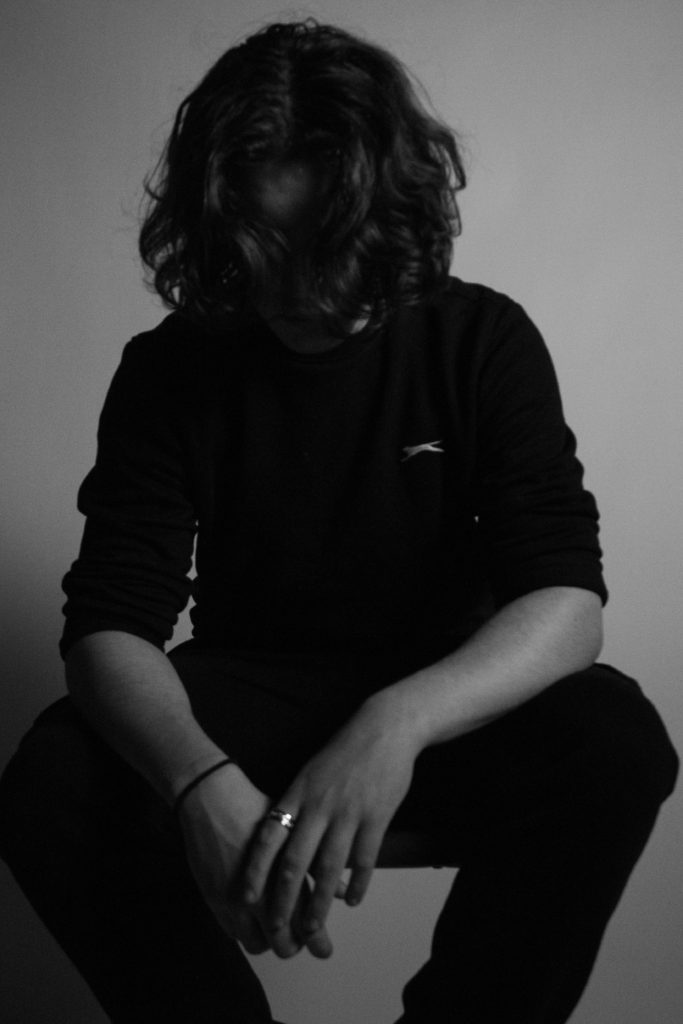

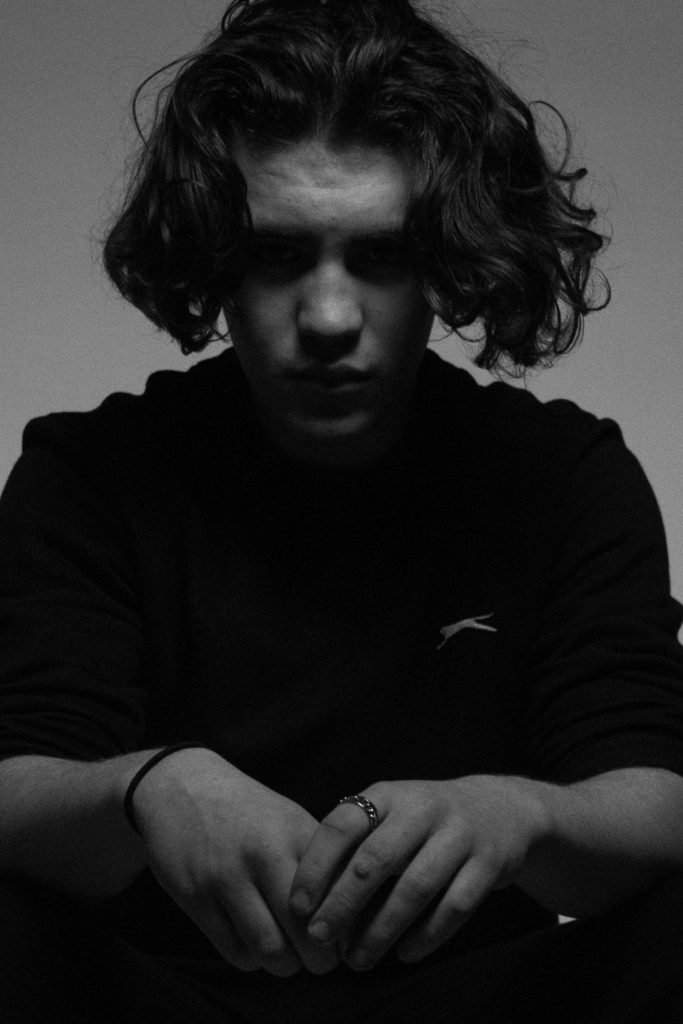
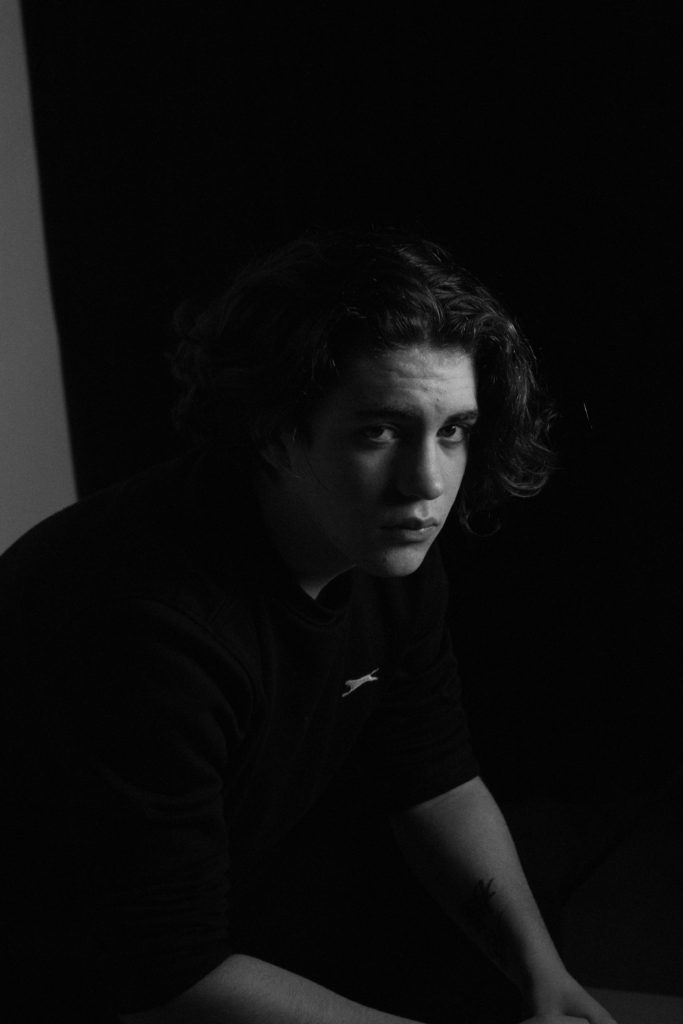
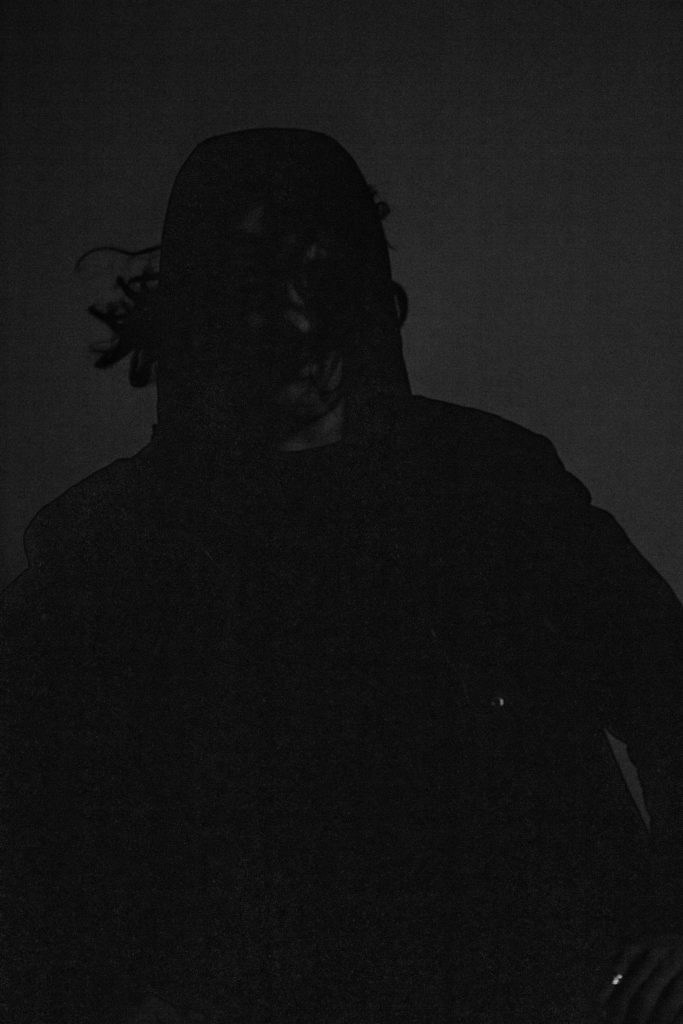
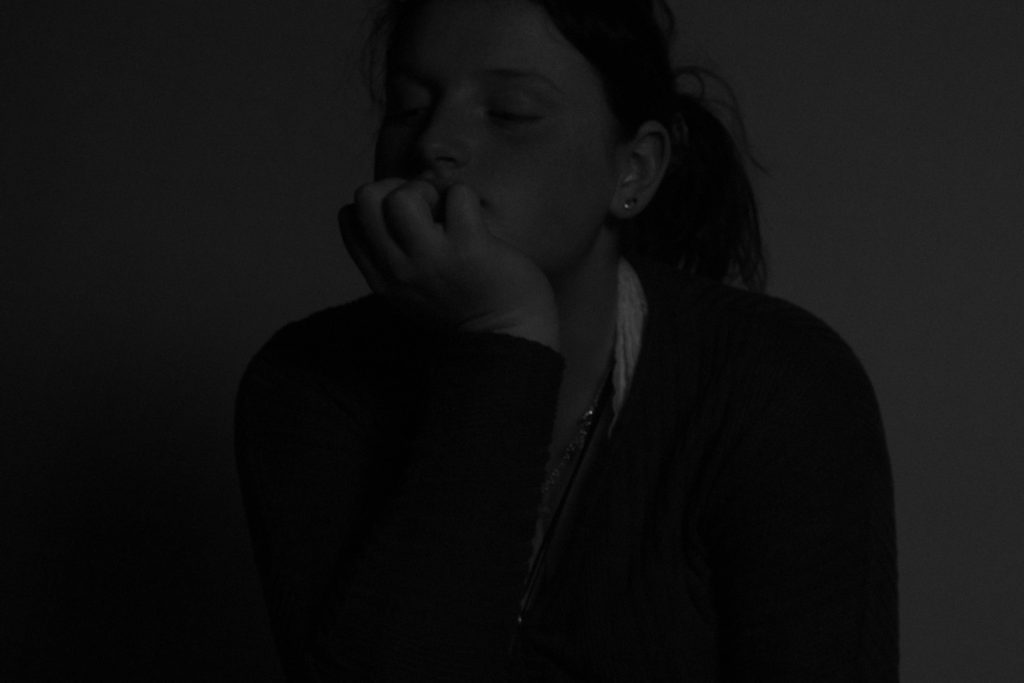
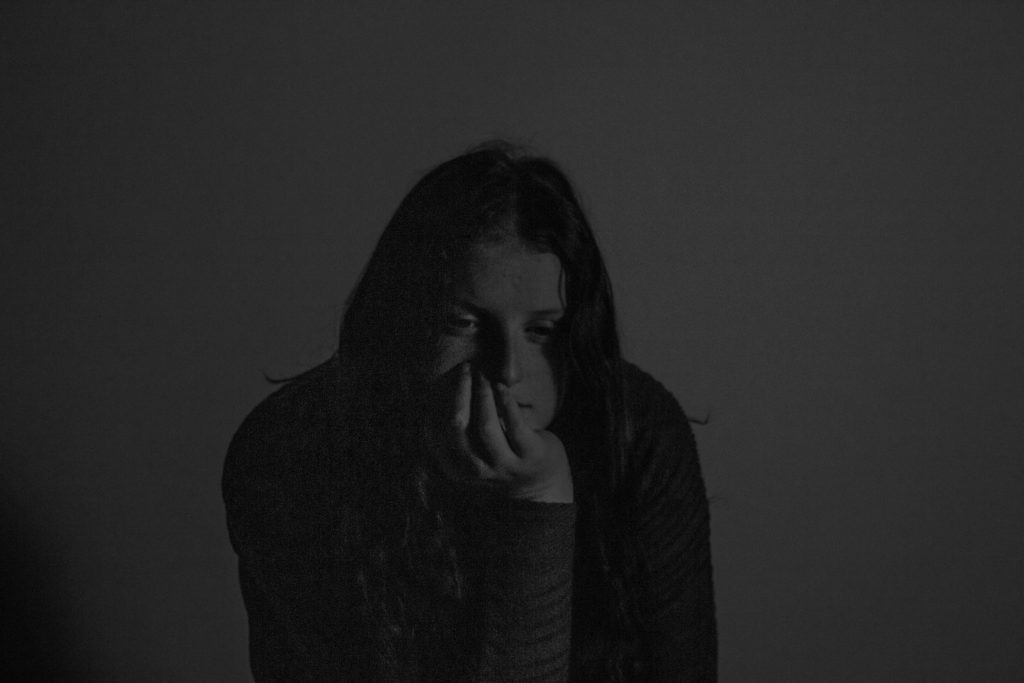
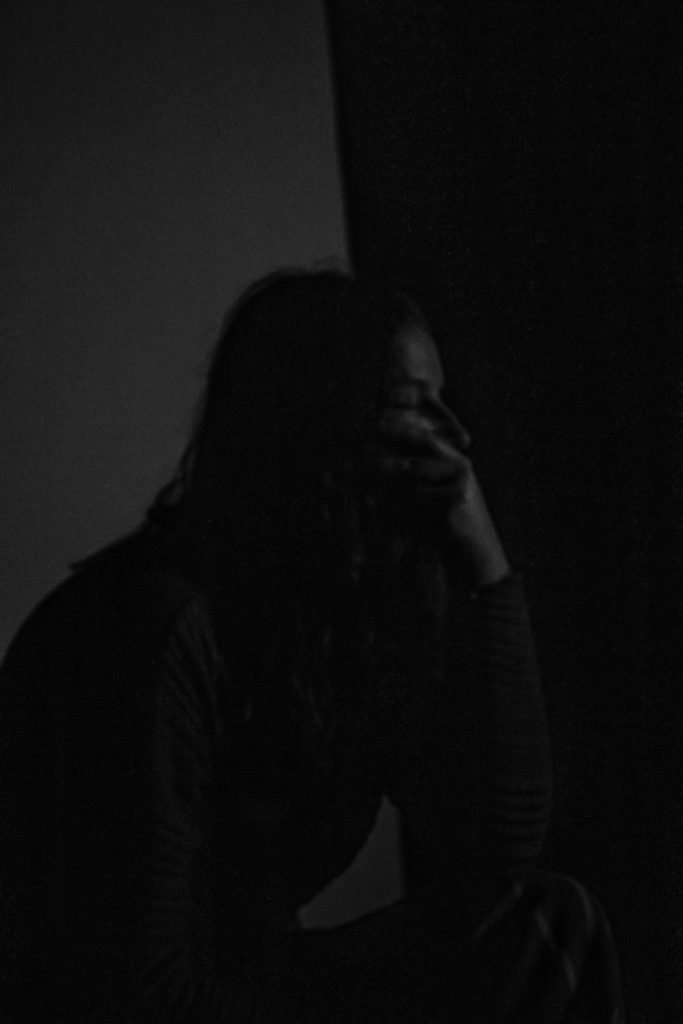
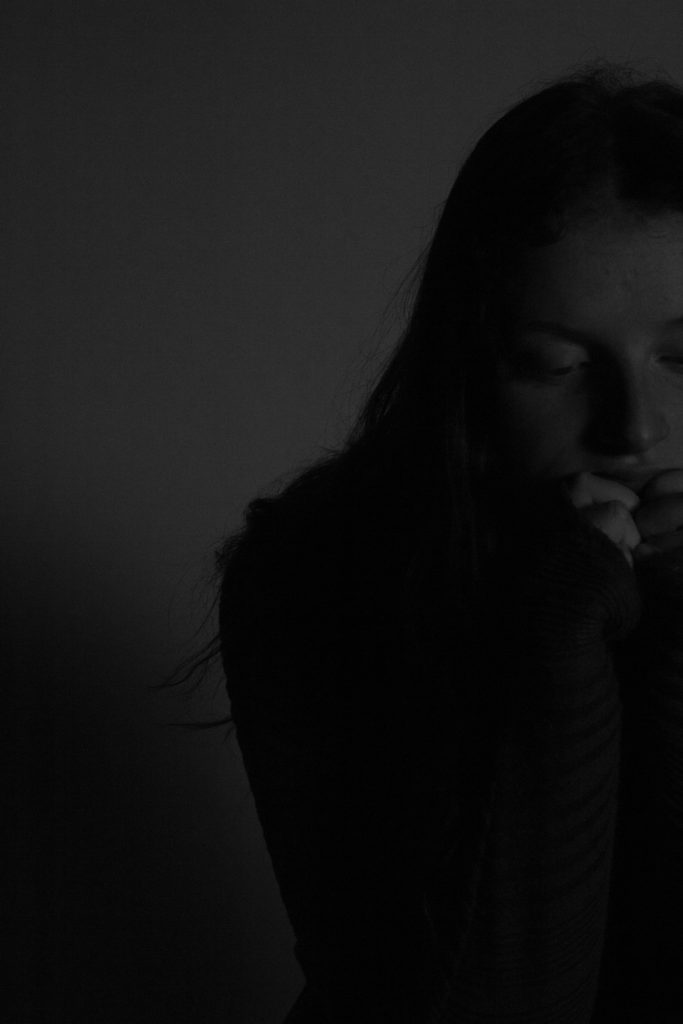
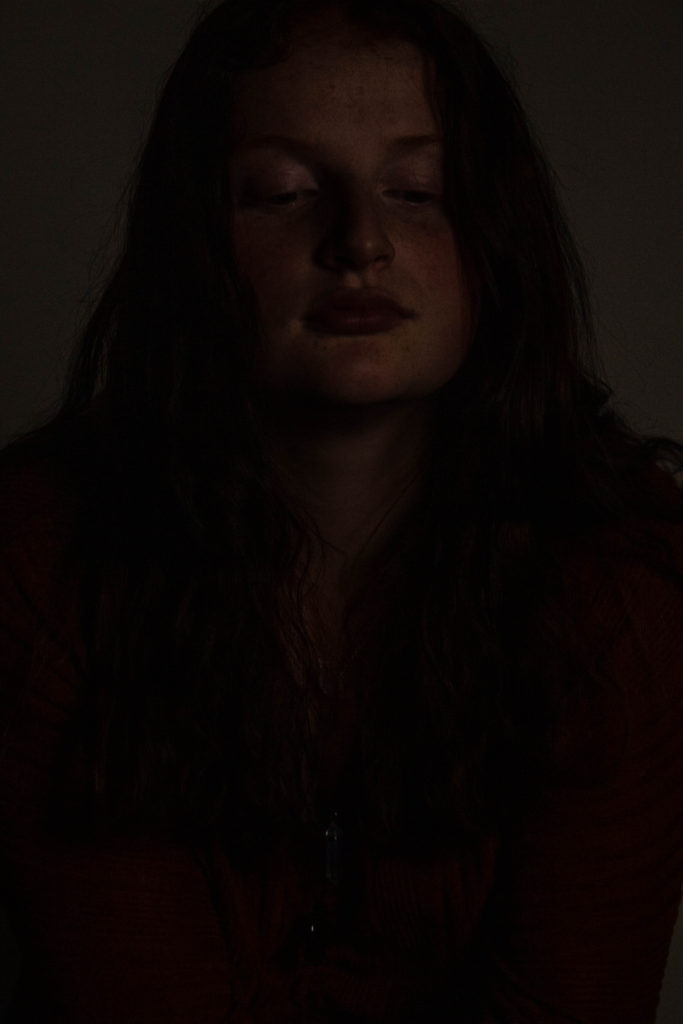
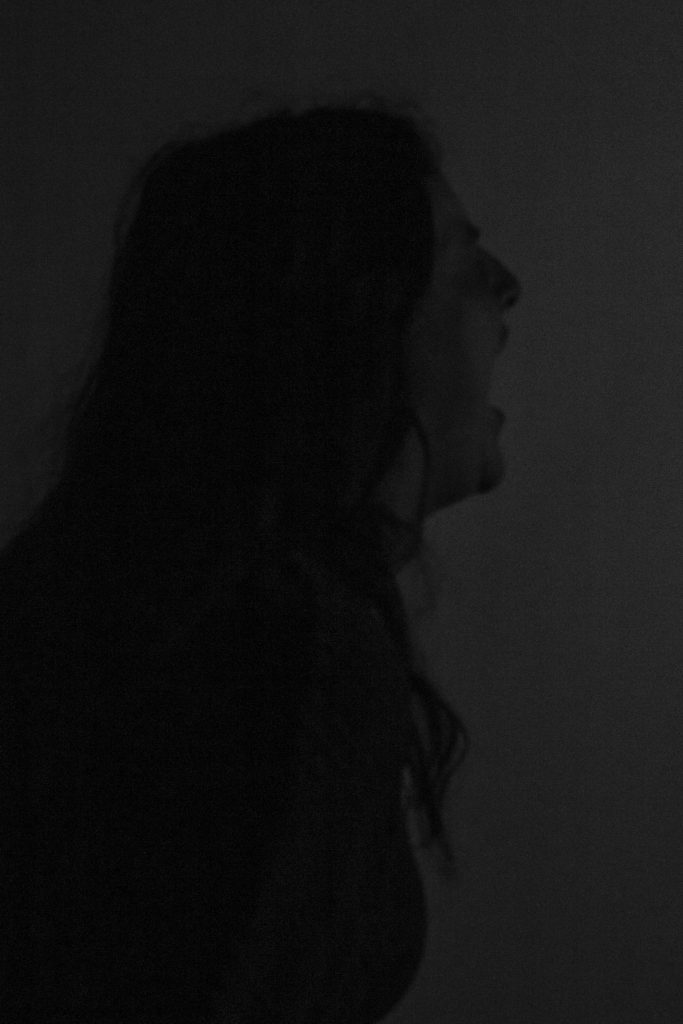
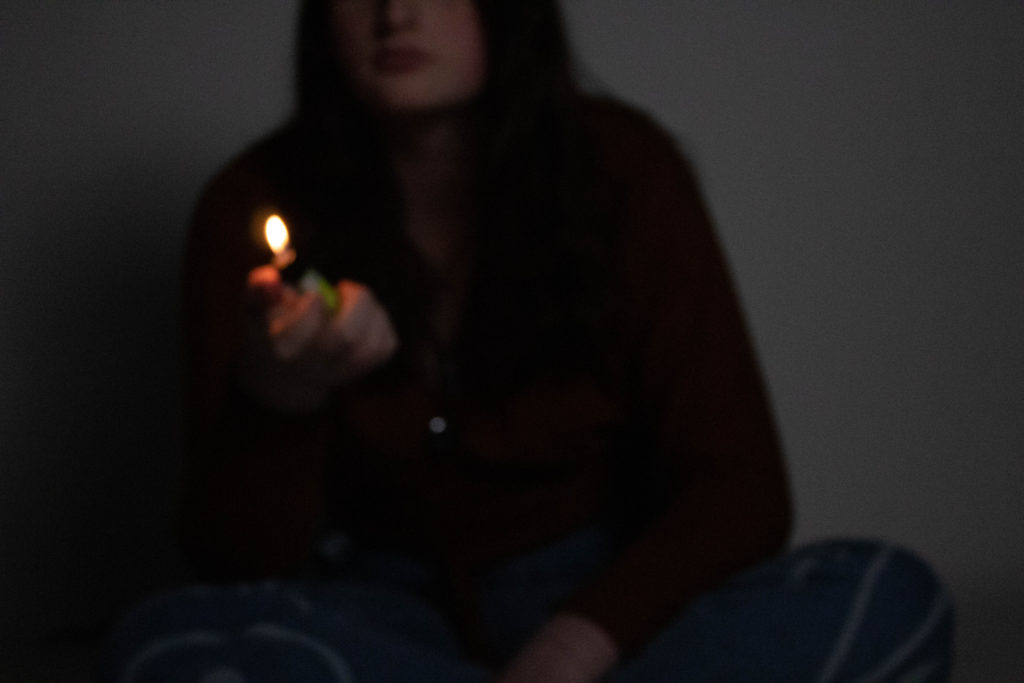
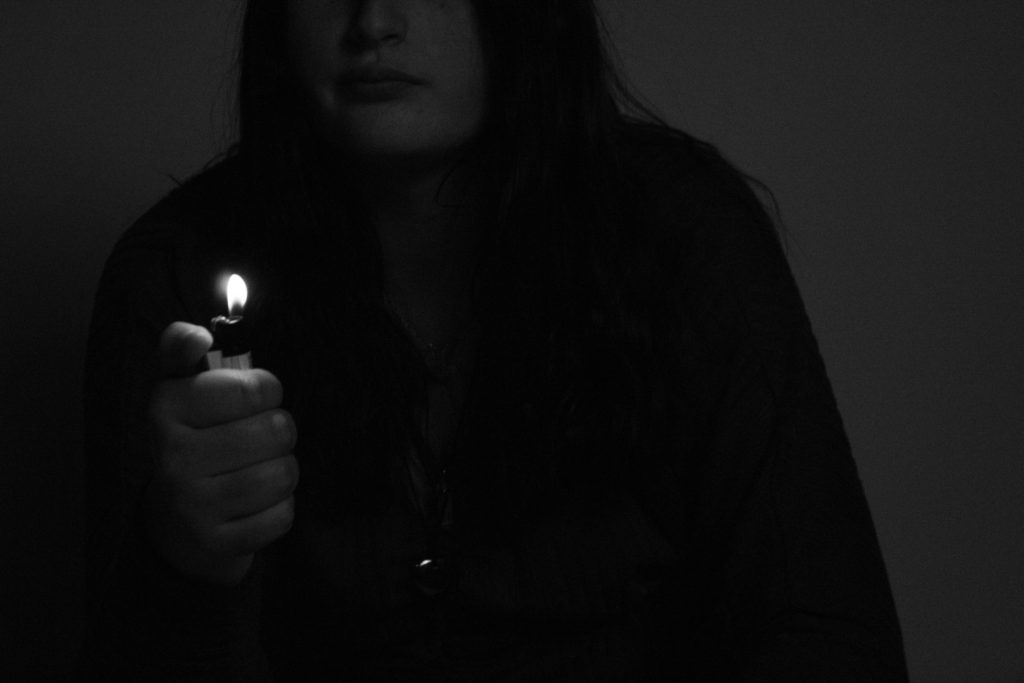

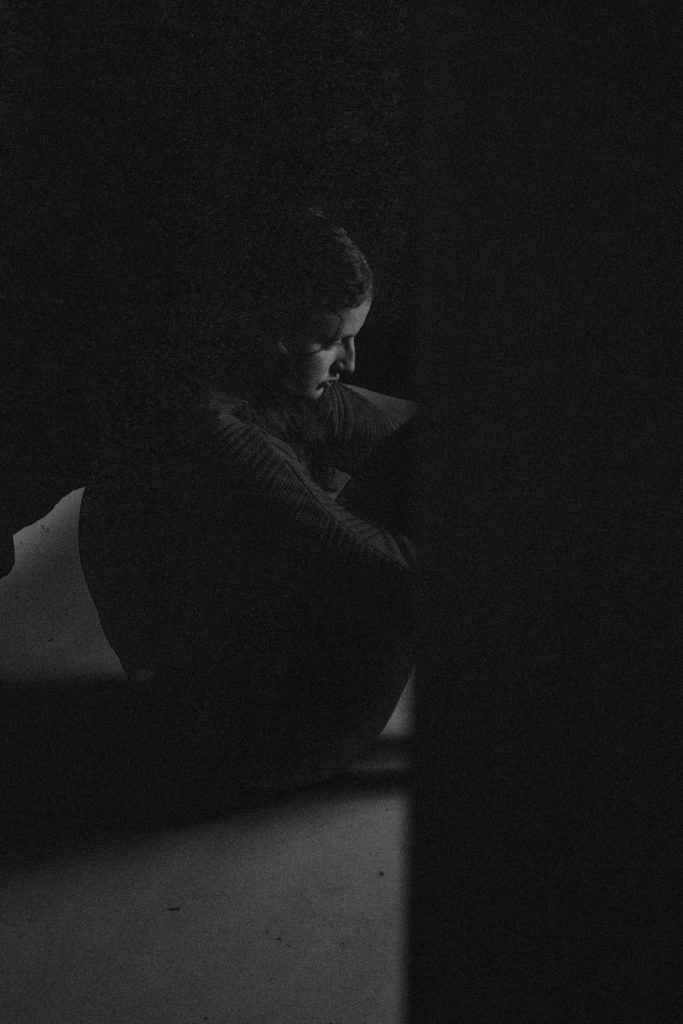
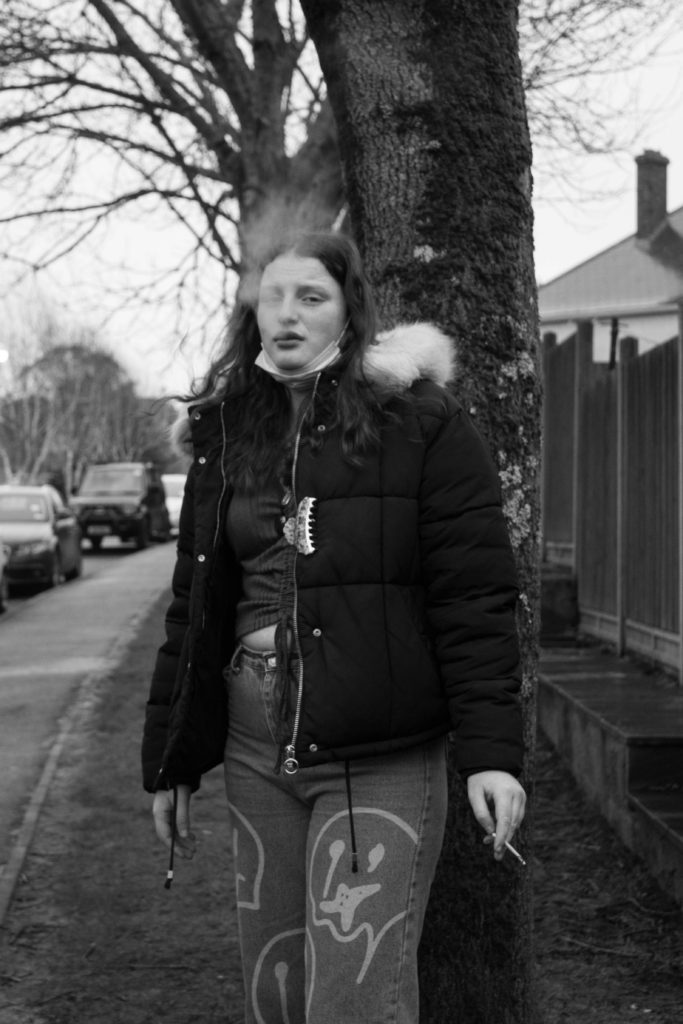
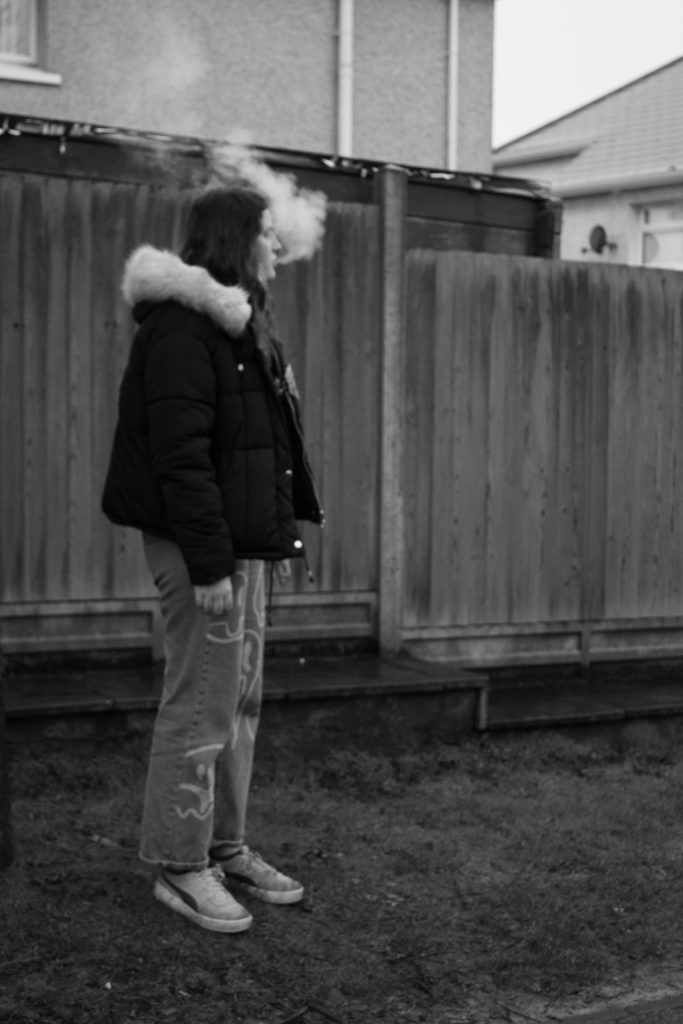
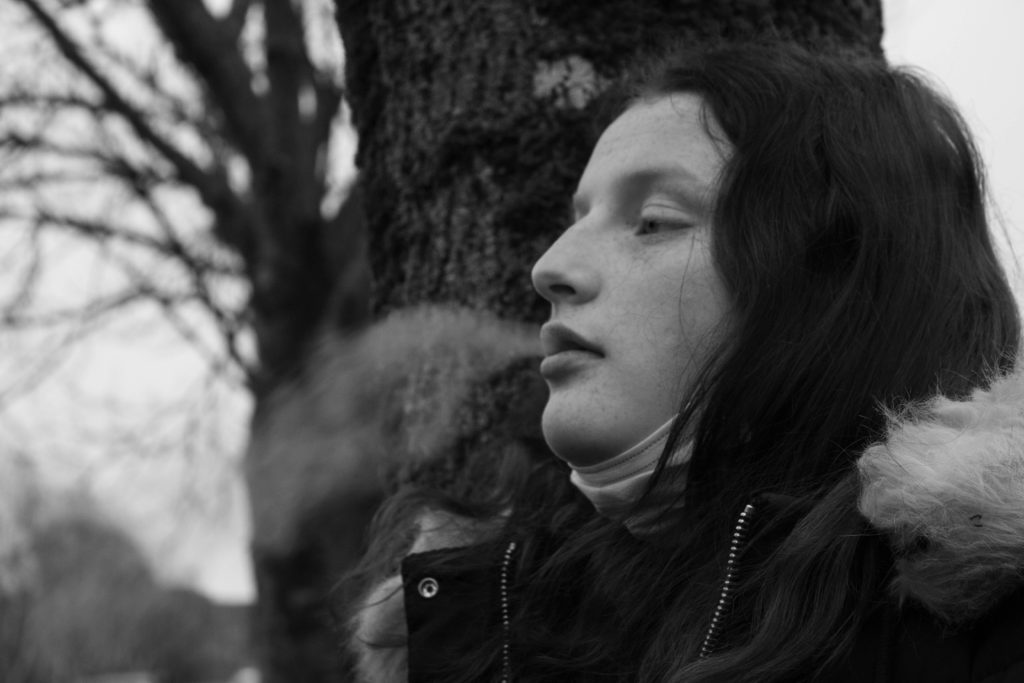
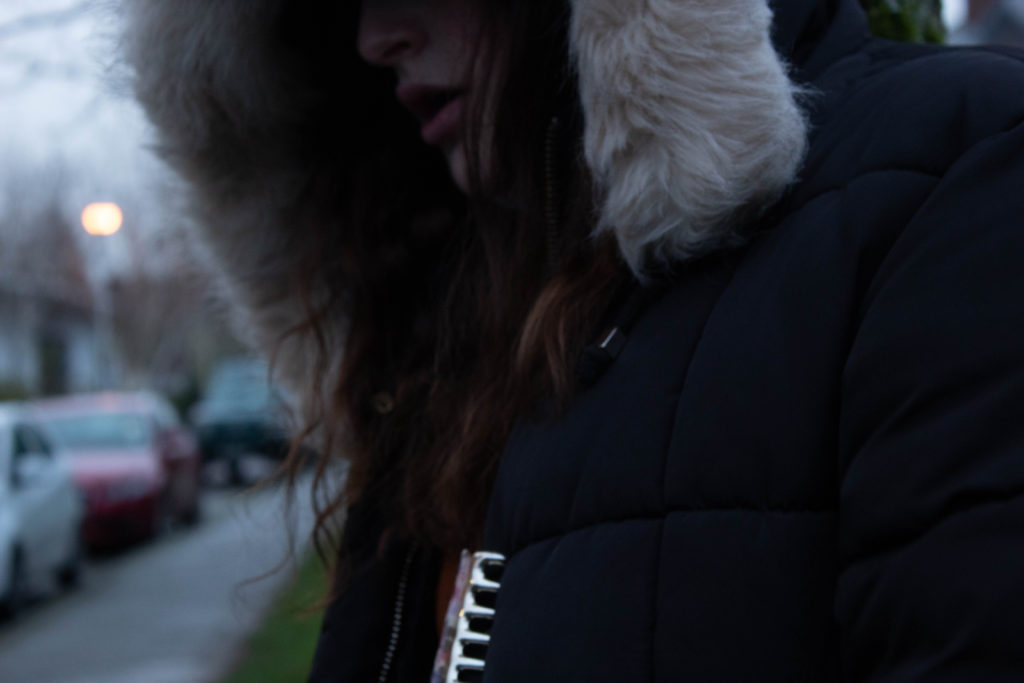
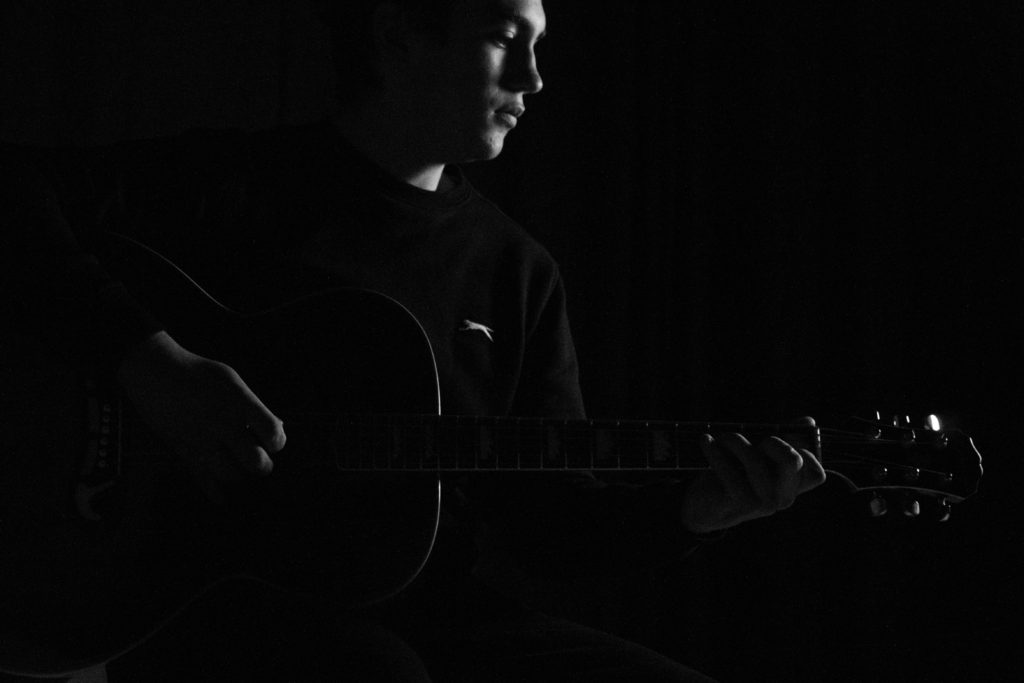

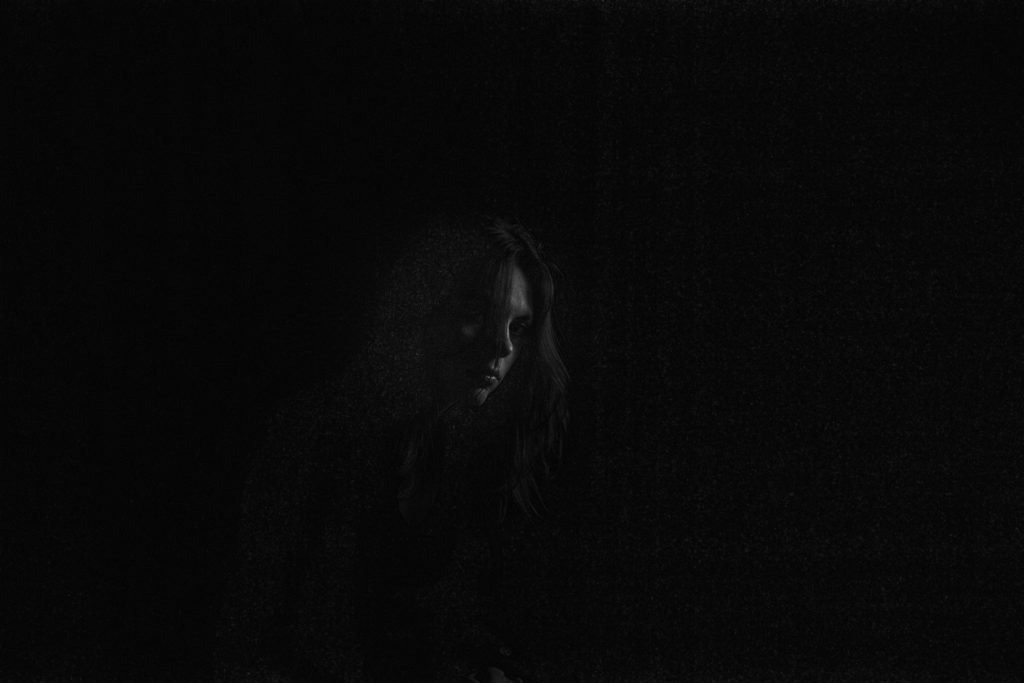
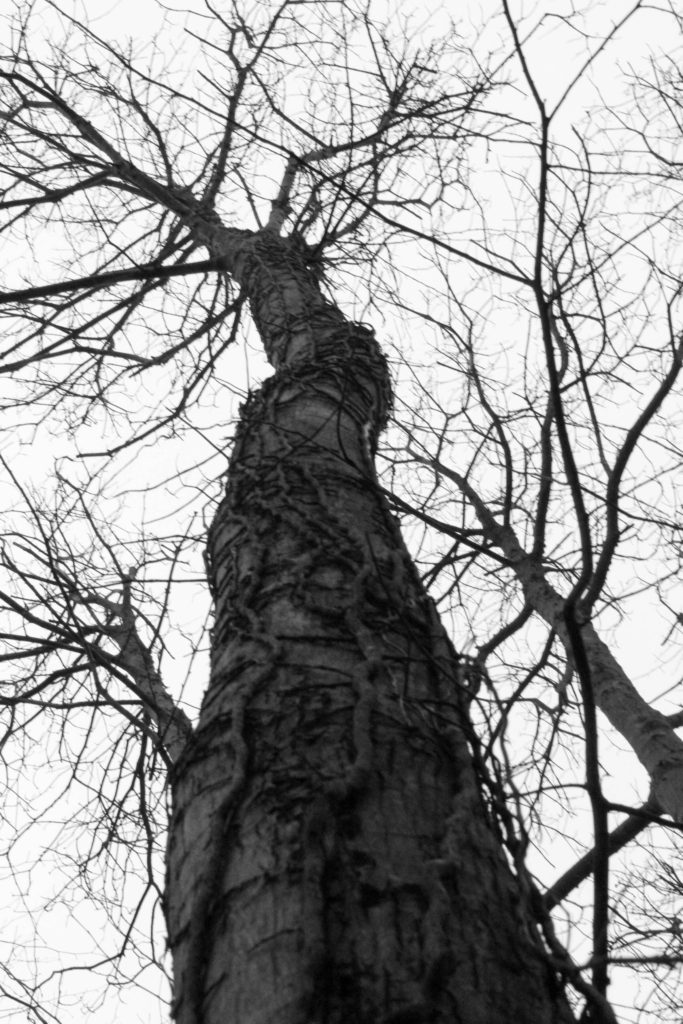
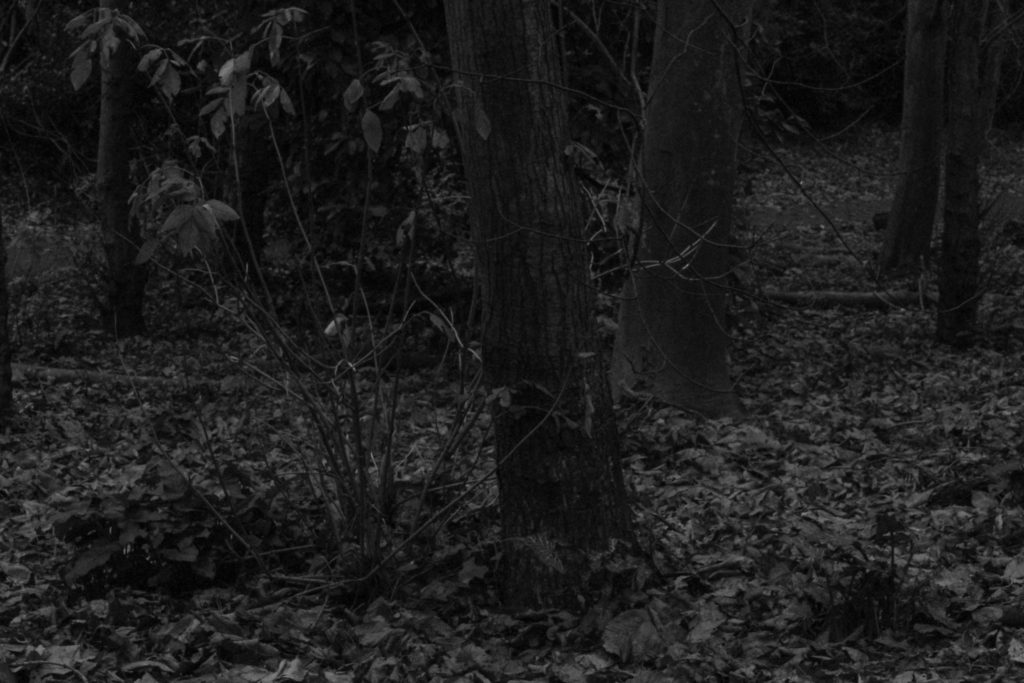

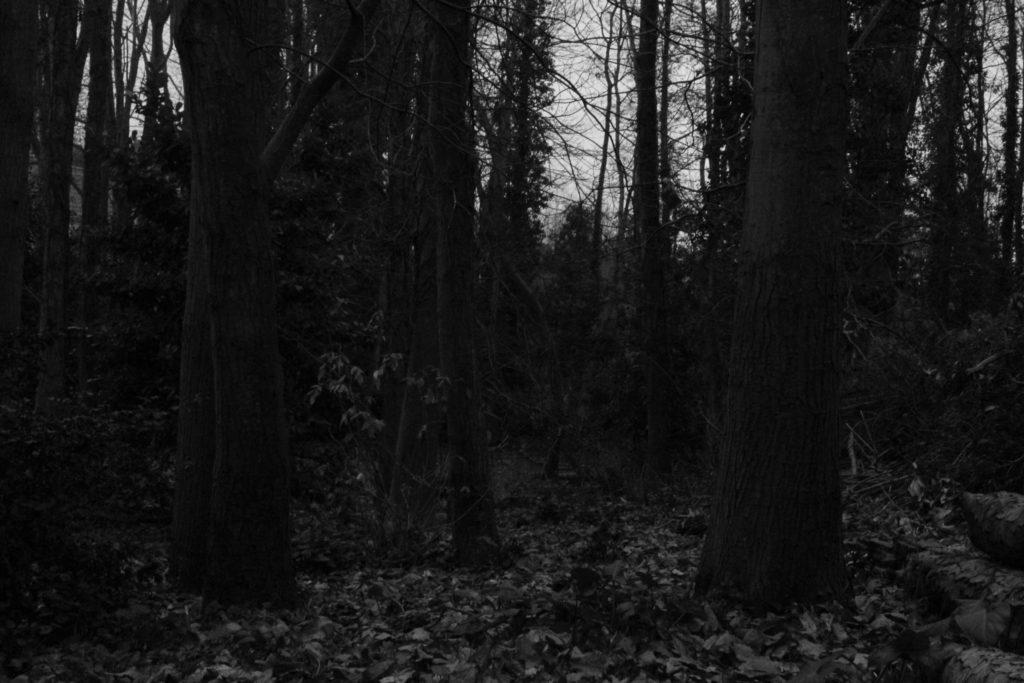
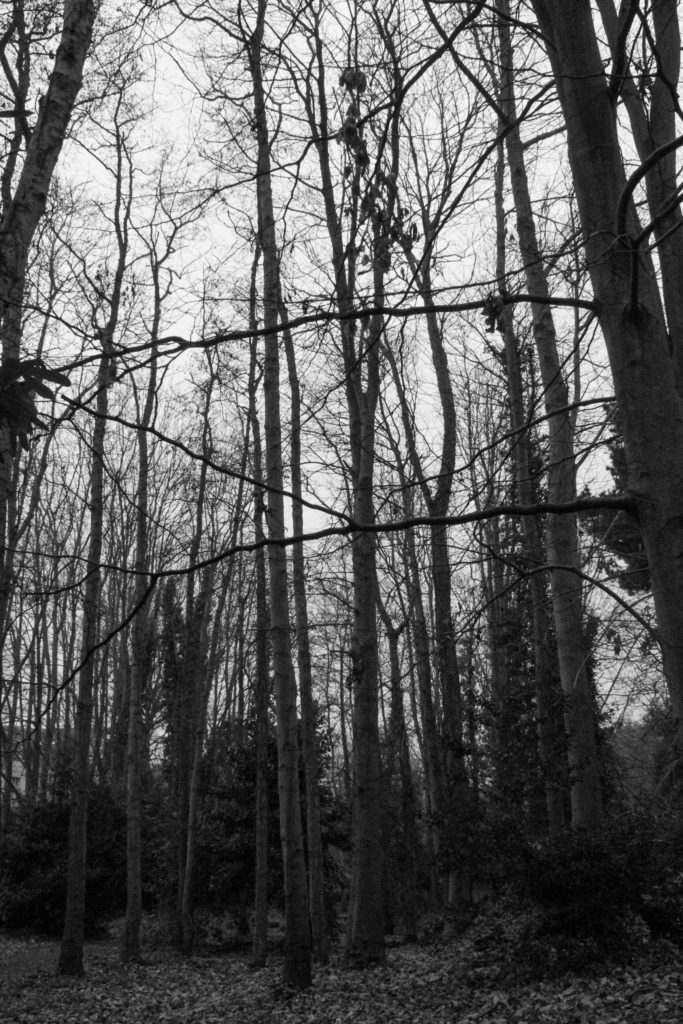

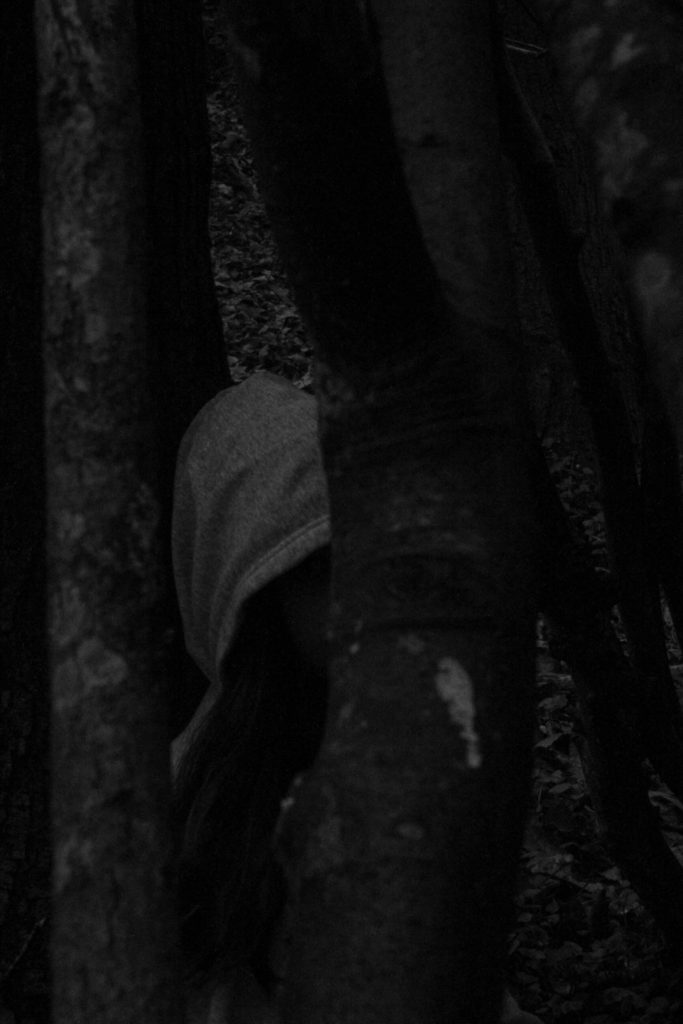
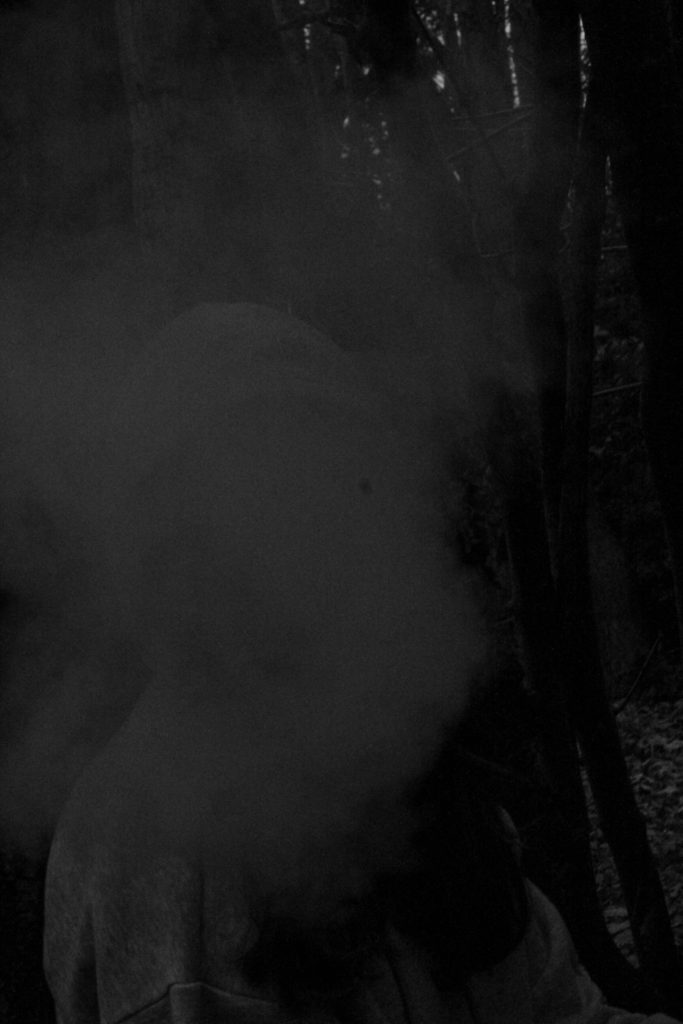

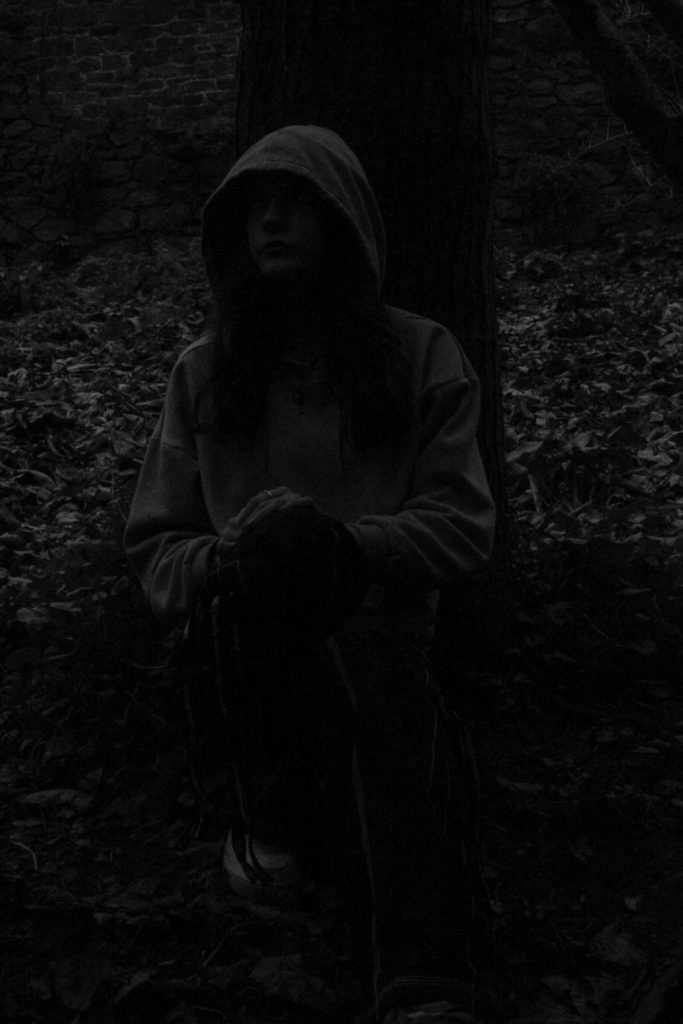
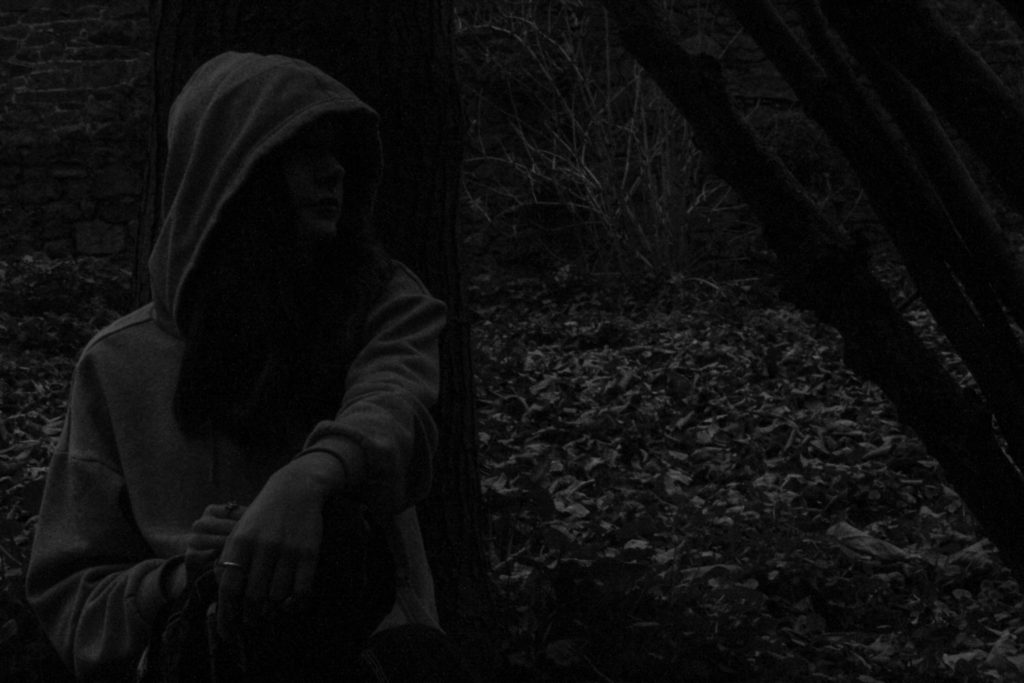

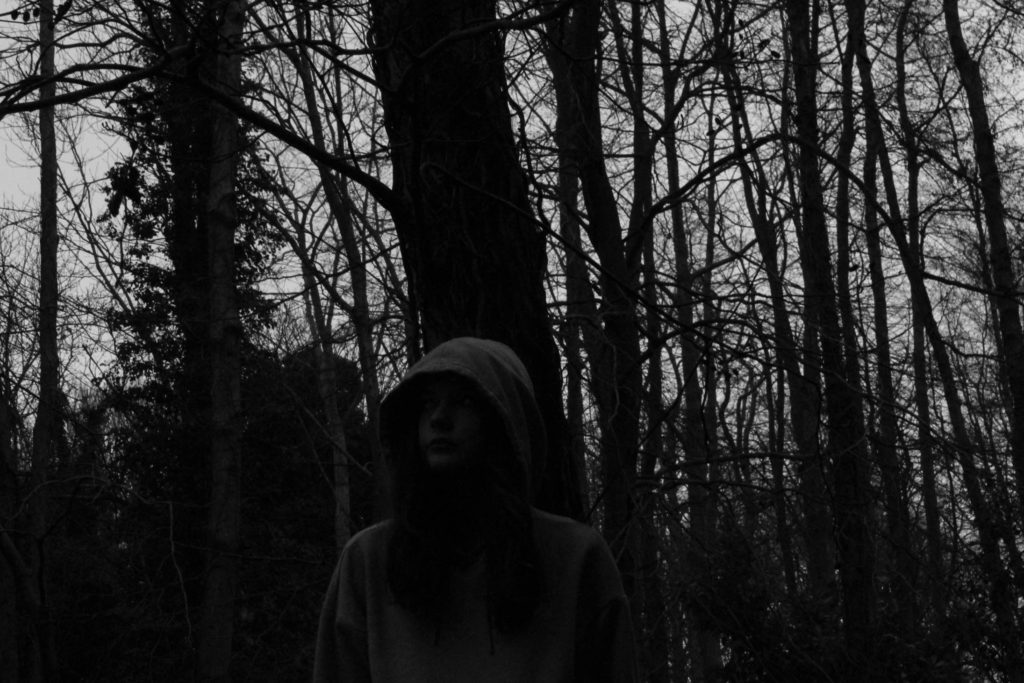
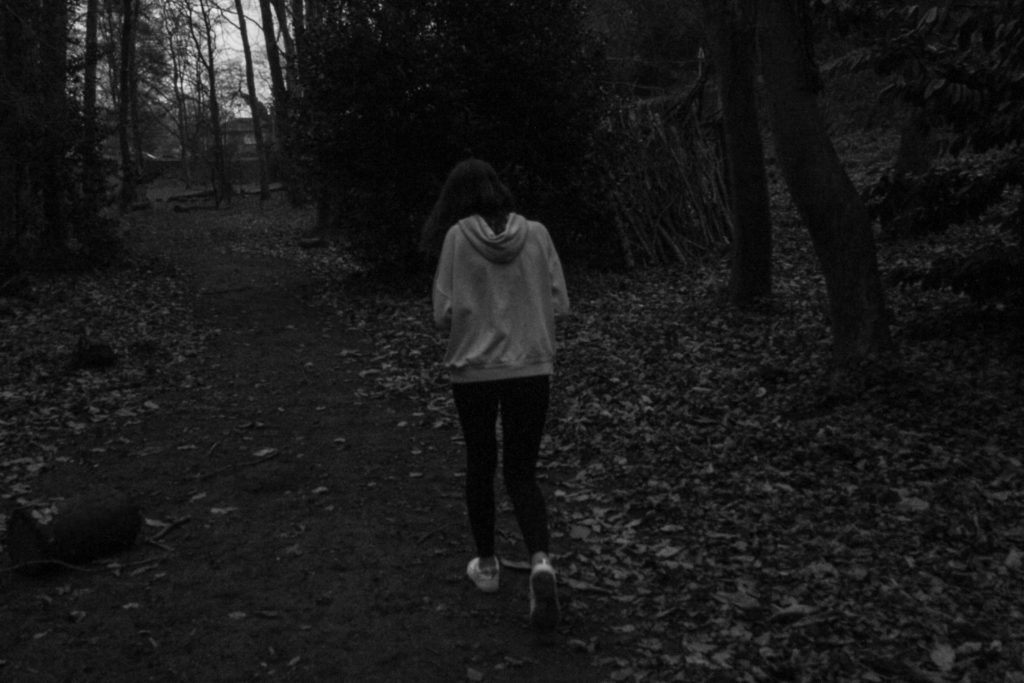


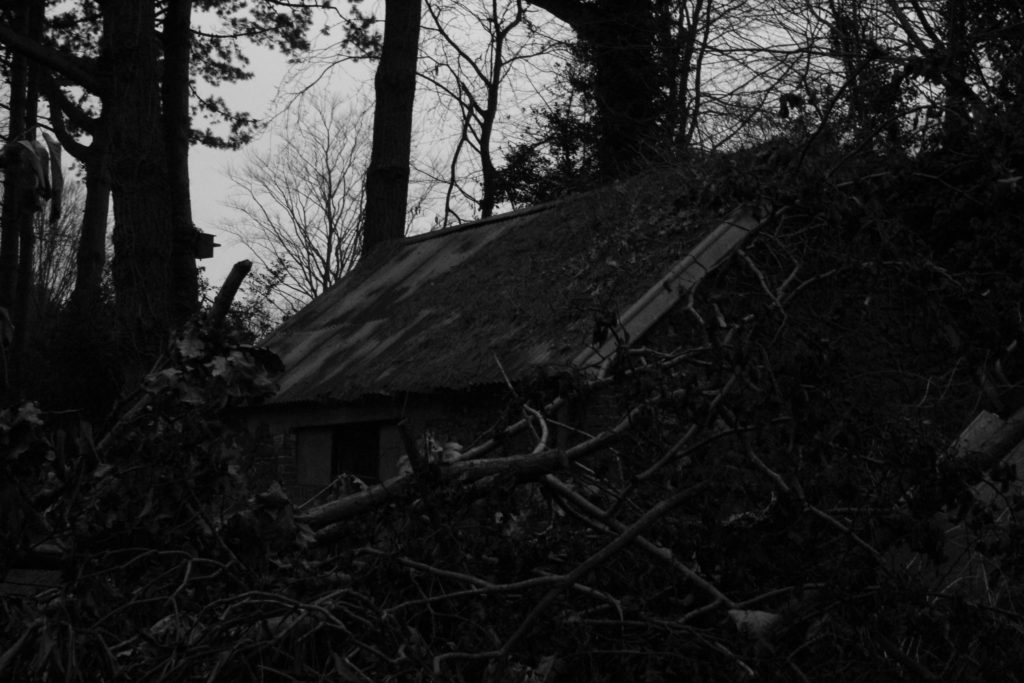
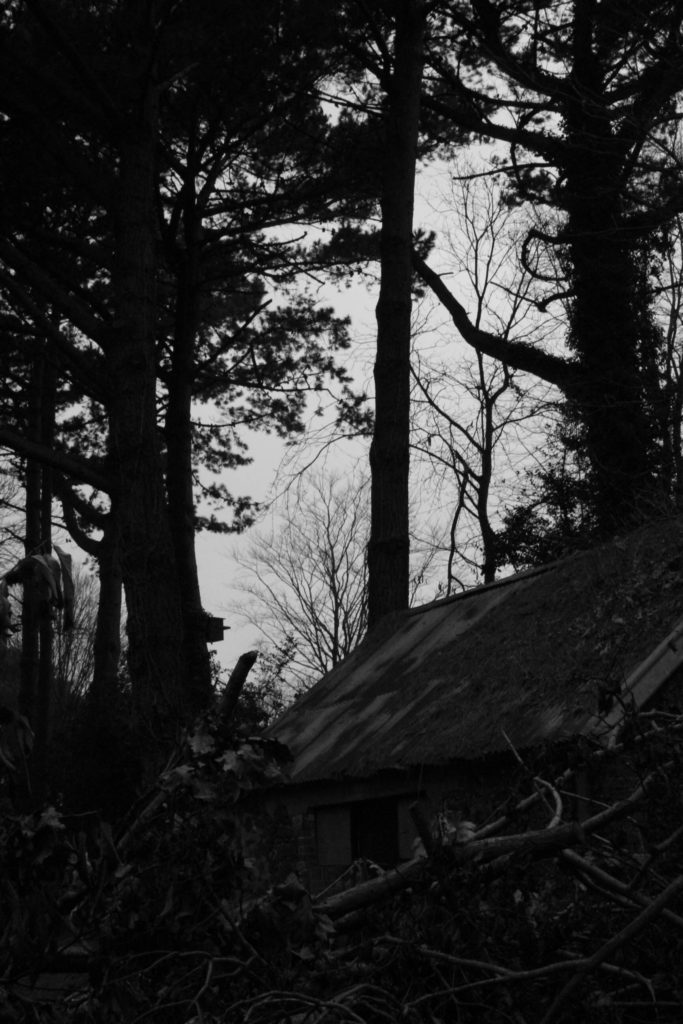
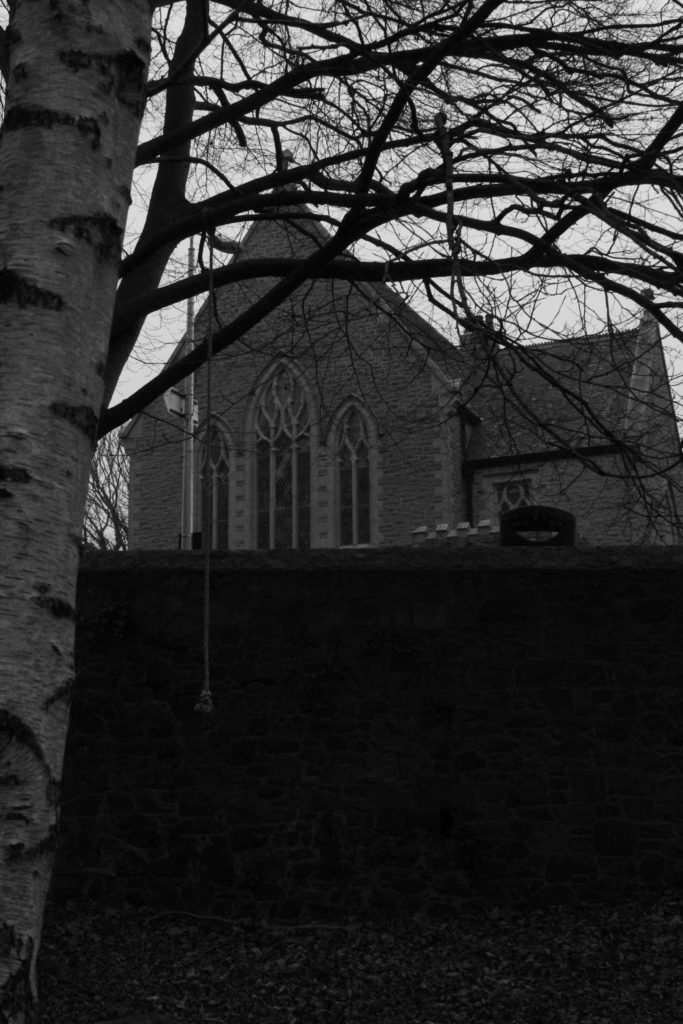




Diamond cameo photographs where first patented by F.R. window of London in 1864. each image is a portrait of the same person indifferent positions. A special camera which was made by Dallmeyer was used, the one glass negative was moved to a new position in the back of camera after each portrait had been taken, when the paper print had been transferred on the card a special press was used to punch the four portraits up into a convex cameo shape.

Henry Mullin was a London photographer in 1840, he then moved to Jersey in July 1848. setting up a studio known as the Royal Saloon, at 7 Royal Square. he started with his partner Mr Millward, about whom very little is known. By the following year he was working alone and he continued to work out of the same studio for another 26 years.
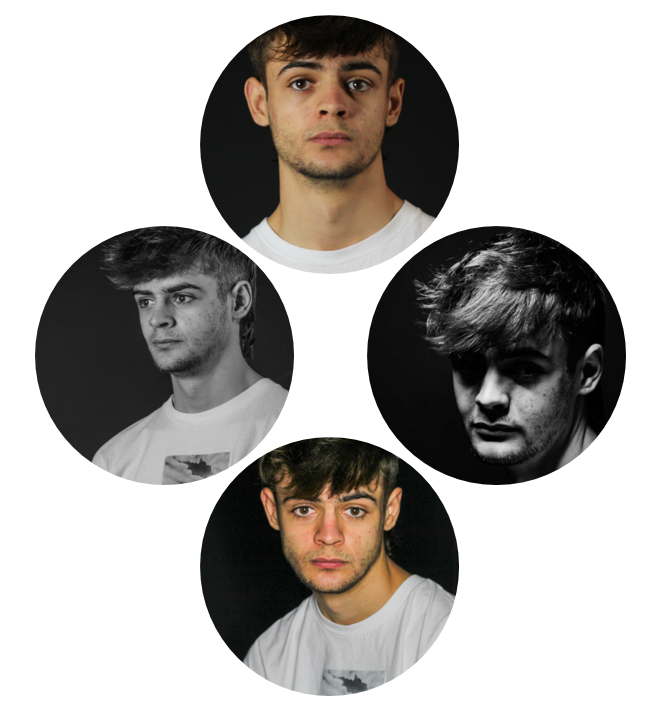
I used four portraits, two in black and white to create contrast between the images. i used a flash light against a black background to give a clear background and foreground.
Claude Cahun
Claude Cahun, born Lucy Schwob was a French surrealist photographer, sculptor, and writer. She is best known for her self-portraits in which she assumes a variety of personas, including dandy, weight lifter, aviator, and doll. The Jersey Heritage Trust collection represents the largest repository of the artistic work of Cahun who moved to the Jersey in 1937 with her stepsister and lover Marcel Moore, born as Suzanne Malherbe. Moore was known for being an illustrator and designer.
They had a creative partnership, as well as romantic. She was imprisoned and sentenced to death in 1944 for activities in the resistance during the Occupation. However, Cahun survived and she was almost forgotten until the late 1980s, and much of her and Moore’s work was destroyed by the Nazis, who requisitioned their home. Cahun died in 1954 of ill health (some contribute this to her time in German captivity) and Moore killed herself in 1972. They are both buried together in St Brelade’s churchyard.
While many male Surrealists depicted women as objects of male desire, Cahun staged images of herself that challenge the idea of the politics of gender. Cahun was championing the idea of gender fluidity way before the hashtags of today. She was exploring her identity, not defining it. Her self-portraits often interrogates space, such as domestic interiors and Jersey landscapes using rock crevasses and granite gate posts.



Clare Rae
Clare Rae from Melbourne, Australia visited Jersey as part of the Archisle international artist-in-residence programme last year. Clare has been researching the Claude Cahun archive, shooting new photography and film in Jersey and contributing to the educational programme. Clare Rae produces photographs and moving image works that interrogate representations of the female body via an exploration of the physical environment.
Clare gave a artist talk contextualising her practice, covering recent projects that have engaged with notions of architecture and the body, and the role of performative photography in her work. Clare will discuss her research on these areas, specifically her interest in artists such as Claude Cahun, Francesca Woodman and Australian performance artist Jill Orr. Clare will also discuss her photographic methodologies and practices, giving an analysis of her image making techniques, and final outcomes.
Clare Rae stated that “These photographs form part of an ongoing series of engagements with institutional space and architecture. Through my photographic performances I investigate specific gestures and movements undertaken within public and private spaces, considering the impacts on the body by educational and institutional authority. The photographic process of recording the body in space depicts my physical and experiential memory of these sites, which is often absurd or uncomfortable.”
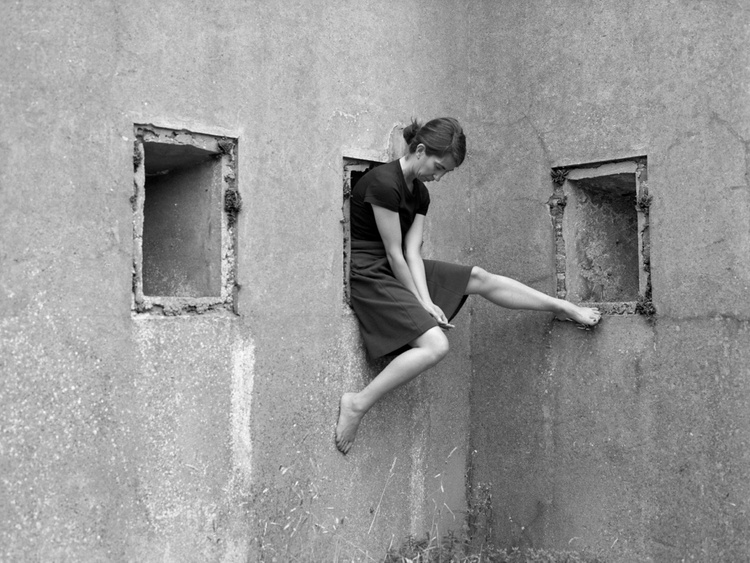


Image Comparison
Claude Cahun once did a photograph based around a landscape setting which is very similar to that of Clare Rae. Clare Rae may have been heavily inspired by this photograph, by Cahun, and taken it on as an inspirational reference for her compositions.
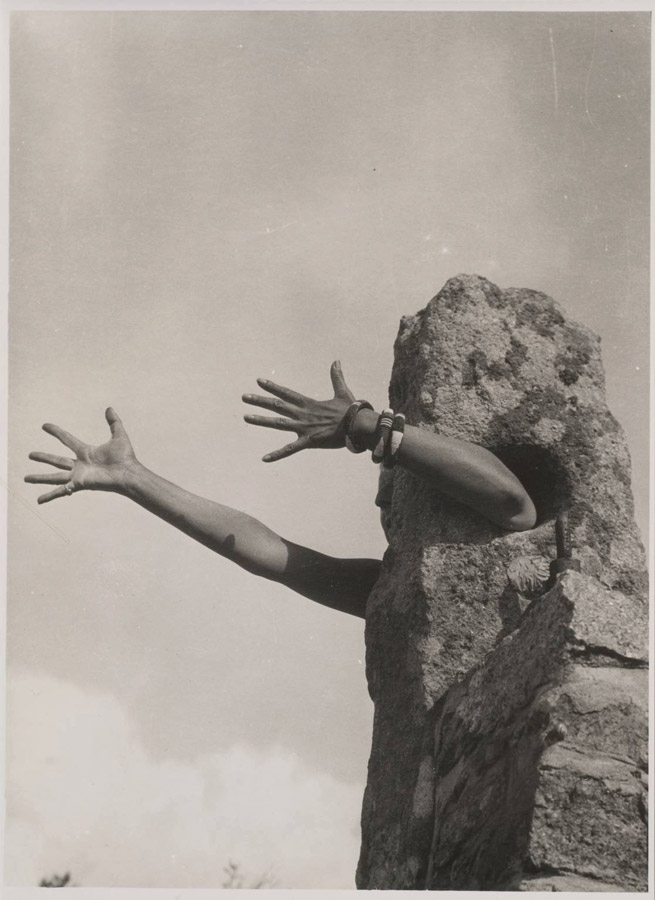
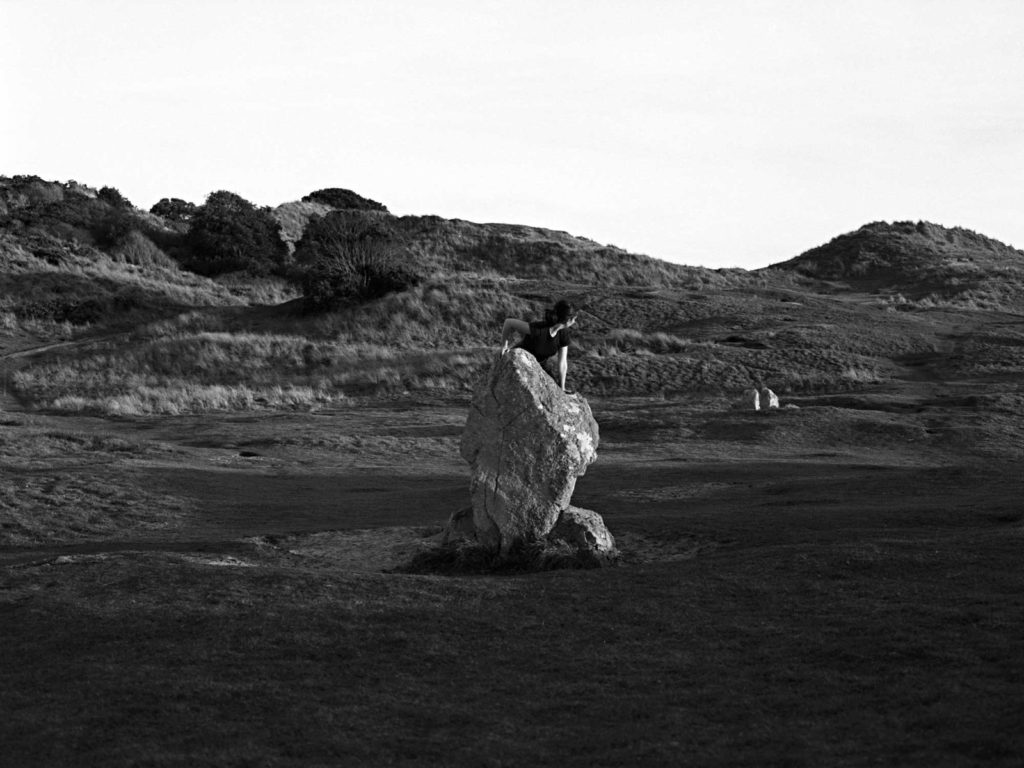
As you can see, both artists have used boulders and rocks as the vocal point for the piece to correlate to the idea of identity. They are both shadowed by the large, jagged object and use it as an object to hide their true identity behind.
The tones are different between the two images but the inclusion of the photographer being combined with the rock, is very similar. As you can see, in this image, the rock in Claude’s photograph is placed on the side of the image so that the arms could be shown to their full extent when they extend outwards. However, the rock in Clare’s photograph, is very central but not quite the same size of Claude’s, which may indicate that Claude’s rock might have a deeper meaning to it due to its larger and more overwhelming size. Another difference that has been presented is that Claude has combined herself with the object itself whilst all that Clare uses the rock for, is to sit and pose on it. The combination that Claude presents may once again signify that the rock is more meaning due to her being one with it, she becomes a part of it, it’s who she is.